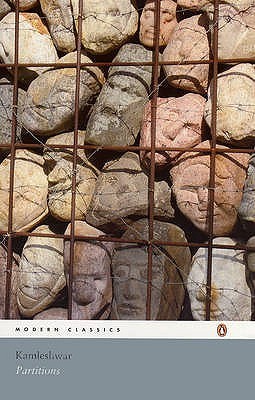What do you think?
Rate this book


384 pages, Paperback
First published January 1, 2000
रामदरश मिश्र जी की पंक्ति :
"बनाया है मैंने ये घर धीरे-धीरे,
खुले मेरे ख़्वाबों के पर धीरे-धीरे।
किसी को गिराया न ख़ुद को उछाला,
कटा ज़िंदगी का सफ़र धीरे-धीरे।
जहाँ आप पहुँचे छ्लांगे लगाकर,
वहाँ मैं भी आया मगर धीरे-धीरे।"